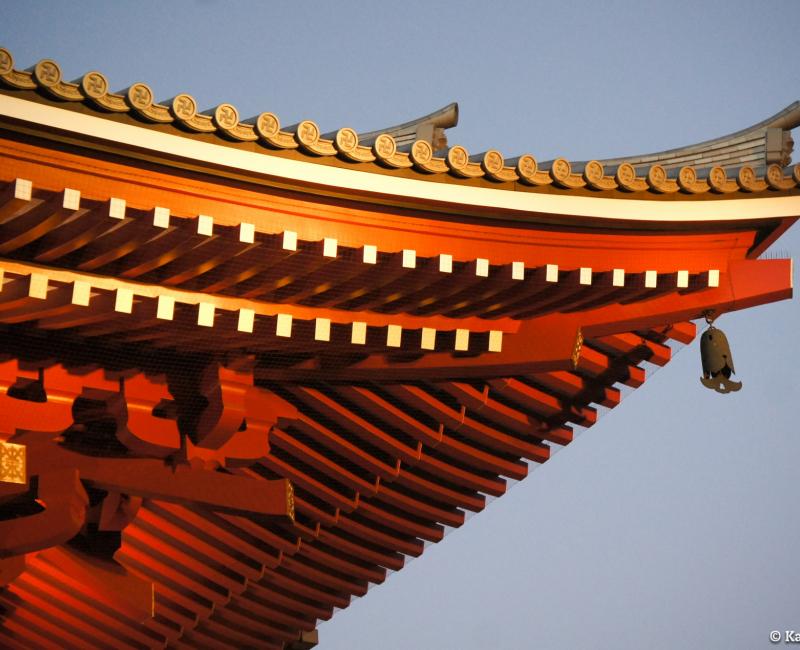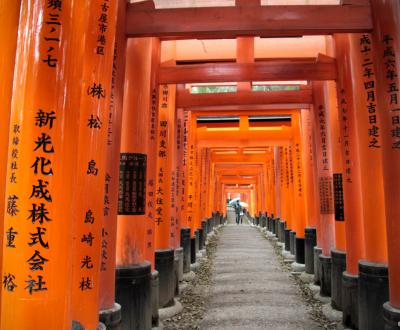Differences Between Shinto and Buddhism
A Guide to Shrines and Temples in Japan
Let us have a look on concepts that can be unclear or confusing. As you may know, beliefs and traditions in Japan take roots in two main religions, that do not exclude each other:
- Shinto (神道 "the way of the gods", a polytheistic and animistic tradition, from which kami and yôkai originate), and,
- Buddhism (仏教 bukkyô, literally "teachings of Buddha").
Each of them have their own places of worship, but the layperson might sometimes find it difficult to understand which is what.
Buddhism and Shinto share many common points, but there are important elements that helps differentiating them, especially on the architecture and vocabulary aspects. Travelers in Japan do not necessarily pay attention to these points, especially since the Japanese practice both religions quite naturally and without distinction.
Differences in the Japanese religions
First, the Shinto religion was born in Japan, whereas Buddhism was imported from China and Korea starting from the 5th century. They were officially separated at the end of the 19th century. Hence, the place of worship is usually named a shrine when it is Shinto, and a temple when it is Buddhist. In Japanese, each place name can bear several types of suffixes for differentiation:
- A shrine’s name can be recognized thanks to the suffixes 神社 jinja (literally the "gods’ sanctuary"), 大社 taisha ("great sanctuary"), 神宮 jingû ("gods’ palace"), or 明神 myôjin ("enlightened god"),
- A temple’s name will generally end by 寺 tera / dera / ji.
Most of the times, the sacred enclosures can be identified thanks to their entrance gates: a torii ⛩️ 鳥居 for the Shinto shrines, and a 門 mon ("gate") for temples, the latter displaying a more intricate structure. Despite the fact that temples and shrines may share the same compound, it is quite rare to find a torii gate at the entrance of a temple. A shrine is also characterized by shimenawa, a rice straw cord, whereas the temple usually displays an image of Buddha, such as the majestic statue in Nara’s Todai-ji.

On a site note, visitors often point out the fact odd decorations can be found in Japanese temples such as Zelda’s Triforce or even swastika. Some explanation is needed here. The fist one, with three triangles shaping a larger triangle was the family crest of the Hôjô, a clan who ruled over Japan during the Kamakura period (1185 - 1333), way earlier than the realm of Hyrule! As for the swastika, it is a traditional symbol of good omen in Asia as a whole and specifically in Buddhism. It can be easily differentiated from the Nazi’s "hooked cross" which is usually tilted by 45 degrees. And their meanings are obviously opposite.

